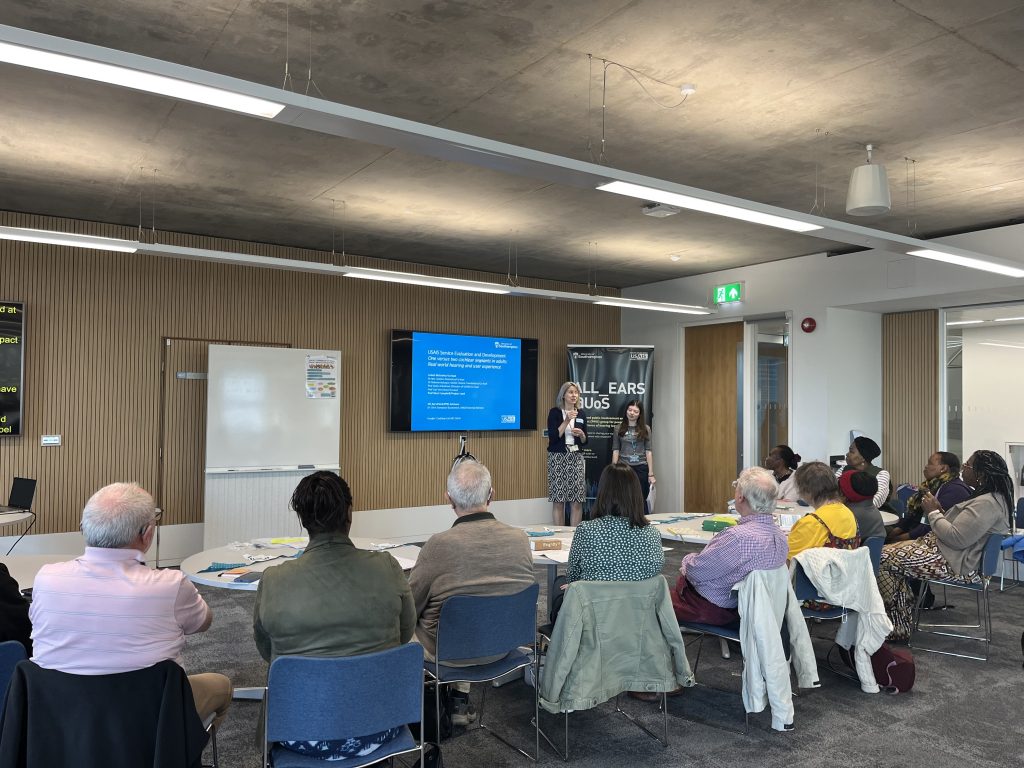
Meeting 15
Monday 7, April 2025
We started the meeting by welcoming Professor Nicci Campbell and Isabel McGauley from the Auditory Implant Service to our meeting, as well as new member Anna Tucker.
Kate gave an update of what has happened since the last meeting which included: Chris and Kate delivered a co-produced presentation, CHIEF study has gone live in Manchester, two grant applications have been submitted, an article about CHIEF has been published in British Society of Audiology Audacity Magazine, we took part in two public engagement activities, we launched ALL_EARS@UoS Young People’s Advisory Group, researchers from the team attended the British Cochlear Implant Group Conference in London, ALL_EARS@UoS is now on LinkedIn and finally- Sarah Smith, with the help of Martha, has designed and made s leaflet designed to inform carers about hearing loss.
The meeting objectives were to:
- Find out about and discuss the work going on around bilateral vs unilateral cochlear implantation in adults.
- Discuss the ALL_EARS@UoS evaluation which aims to evaluate the impact, effectiveness and engagement of the group.
Professor Nicci Campbell and Isabel McGauley told the group about the project: USAIS Service Evaluation and Development One versus two cochlear implants in adults: Real world hearing and user experience.
The project has two main parts. The first part is two National Online Surveys to gather information from CI users and CI professionals about whether adults should receive one or two implants. The second part of the project is to explore real world hearing and user experience. The group asked questions and shared their feedback on these valuable projects.

To find out more about the surveys, click here.
For the second half of the meeting, we discussed our upcoming evaluation where we aim to evaluate the impact, effectiveness and engagement of the group. We discussed the format of the evaluation, why we are collecting the data and what we plan to do with the data. We discussed the term impact and what we mean by impact in the context of public involvement. In small groups, group members were encouraged to reflect on their involvement and what the impacts may have been and make notes. This initiated great discussion with lots of ideas generated.
